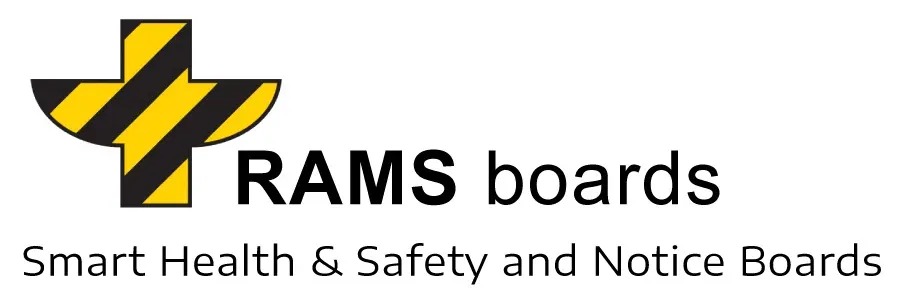RAMS boards have been successfully implemented in various construction and industrial settings, demonstrating their effectiveness in enhancing safety, health, environmental quality, and operational reliability. The testimonials and case studies featured in the “Partners,” “Testimonials,” and “Use Case” tabs on the RAMS boards website provide a wealth of examples illustrating their successful applications.
- Construction Sites: In the construction sector, RAMS boards have been instrumental in promoting safety and compliance. They serve as central points for displaying crucial safety information, emergency procedures, and site-specific guidelines. For instance, on large-scale construction projects, RAMS boards have been used to efficiently communicate safety standards and regulatory compliance information to a diverse, multilingual workforce.
- Industrial Environments: In various industrial environments, RAMS boards have been used to streamline safety communication processes. They offer a robust platform for displaying operational procedures, safety guidelines, and emergency response information, significantly reducing the risk of accidents and enhancing overall workplace safety.
- Multi-lingual Sites: On sites with a diverse workforce, RAMS boards ability to present information in multiple languages has proven exceptionally beneficial. This feature ensures that all employees, regardless of their primary language, have access to vital safety and health information.
- Integration with Digital Technology: Some implementations have taken advantage of RAMS boards adaptability to digital screens and IoT devices for real-time safety monitoring. These integrations have provided enhanced capabilities for safety communication and emergency response coordination.
- Railways and High-Risk Areas: Given the high visibility and durability requirements in these settings, RAMS boards use in railways and other high-risk areas stands out. Their colour scheme, particularly the use of orange, complies with specific legal requirements, making them highly effective in these environments.
- Environmental Sustainability: The eco-friendly and recyclable nature of RAMS boards has also been a key factor in their successful implementation in sectors committed to environmental sustainability. Their long-term usability and minimal maintenance requirements further add to their appeal.
These examples represent just a snippet of the numerous successful implementations of RAMS boards across various industries. The real-world applications, as detailed in the testimonials and case studies, underscore the versatility, effectiveness, and practicality of RAMS boards in meeting diverse safety and information dissemination needs in a multitude of work environments.
